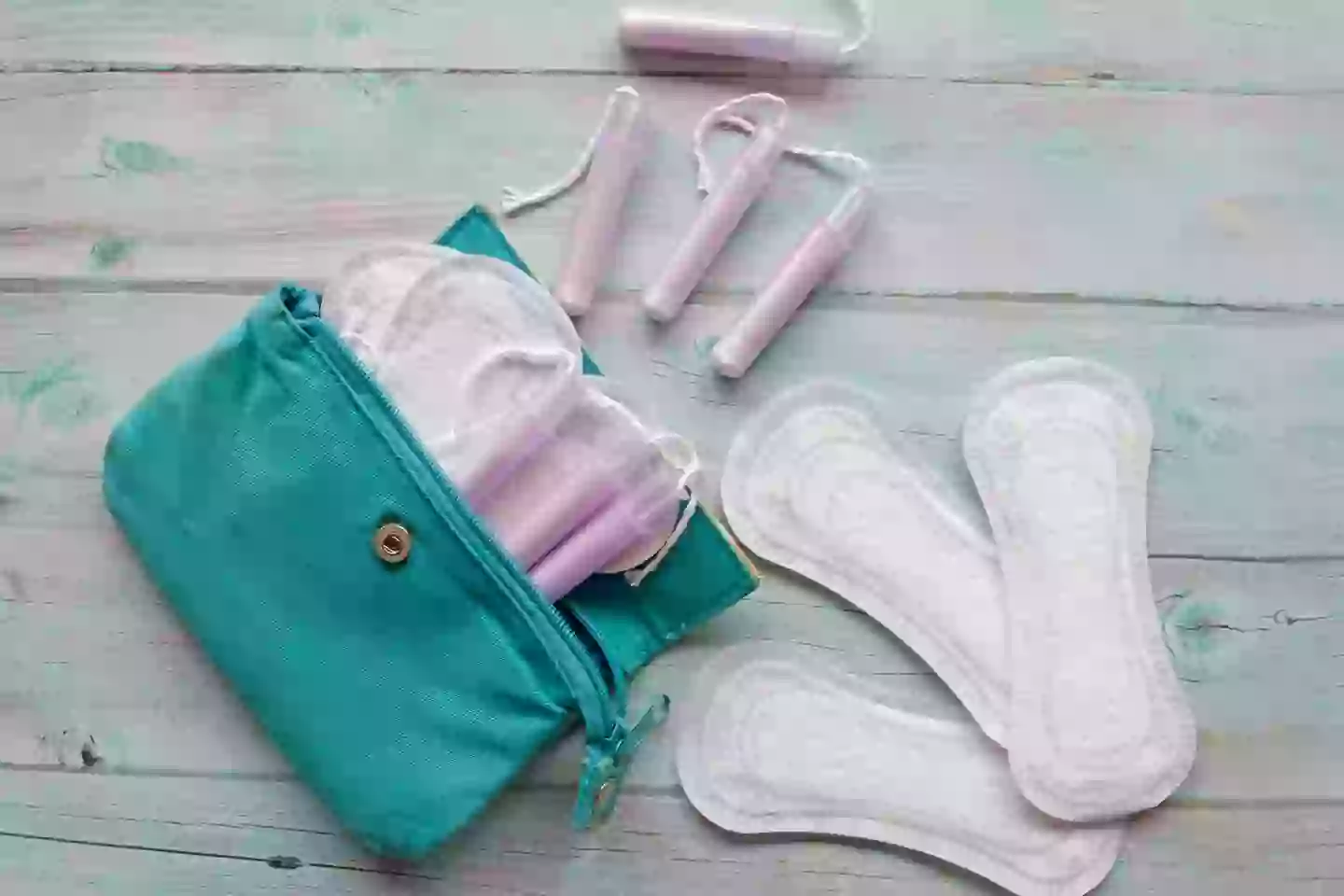
The question of how women deal with their periods while being in outer space is something that’s never really been answered - but now we know.
It was only fifty years ago that Valentina Tereshkova, the first woman to reach space, was sent on a mission in 1963. While an amazing feat, there are certain things that women have to be mindful of, which men don’t have to consider.
It is, of course, their periods.
Advert

At first, NASA experts were unsure as to whether the conditions in space, such as the lack of gravity, would prevent periods from occurring. But we now know that they happen just as they would on Earth.
According to an obgyn, this is because of the uterine muscles contracting, which push the blood out of the body.
“When women first went into space, it wasn’t known what the effects would be,” said Varsha Jain, a gynaecologist and researcher at Kings College London explained.
Advert
Jain was one of the authors on a paper regarding menstruation in spaceflight.
“It can happen normally in space, and if women choose to do that, they can,” they said.
At the moment, there's a woman who has been in space for eight months, which was not planned at all.
One of NASA's stranded astronauts, Sunita Williams, has been living her day-to-day life in microgravity for the past 234 days after issues with her spacecraft left her stuck on the ISS along with fellow astronaut Barry 'Butch' Wilmore.
Advert
The pair set of on 5 June, 2024, and are not expected to come back to Earth until at least March while Elon Musk's SpaceX works on its rocket to take them home.
Her situation has sparked questions about how she is managing her monthlies during her unplanned stay in space.
To answer this type of question, Dr Brooke Vandermolen MBBS BSc MRCOG - also known as the Obgyn Mum - posted on Instagram about how it works in space and what you'd need for your stay.
Now, she recognised that NASA providing 100 tampons for a woman to last a couple of days was ‘excessive’, however, she shared that the average person bleeds for around ‘5 days’ and uses ‘three to six’ tampons per day.
Advert
.webp)
This means that 30 tampons would be sufficient for that time.
But she explained that you may need to bring more if any problems were to arise which would see a woman in space for longer than planned - which is exactly what Williams has found herself in the position of.
Except, the expert shared that there are options that some astronauts opt for which would negate the need for tampons at all.
Advert
While she said that she’d recommend a ‘reusable cup’ instead of disposable products, there are those who instead choose to have an IUD inserted beforehand or the contraceptive pill, which would stop the period from occurring in the first place.
As highlighted in the paper by Jain and her colleagues, they too shared how female astronauts choose to take additional measures before a flight.
“NASA flight surgeons are finding female astronauts just don’t want to have to deal with their periods,” Jain said.
However, there is a lot to consider, depending on the method used, which also includes free bleeding.
While the pill has been used in space, if a woman was to go to Mars, which would be a three-year round trip, it would take 1,100 pills to stop her periods, according to the paper.
That’s why long-acting reversible contraceptives have been considered as an alternative option, as there is ‘no packaging to dispose’ of.
But those who take the pill could be at an advantage, as astronauts are prone to losing their bone density while in space, and the pill, which contains oestrogen, can allow them to protect their bones, reducing bone density loss.
Obviously, we do not know which method Williams has used (nor would we ask), but hopefully she has been able to receive the proper products that she needs during her stay.
Topics: Women's Health, Health, Nasa
